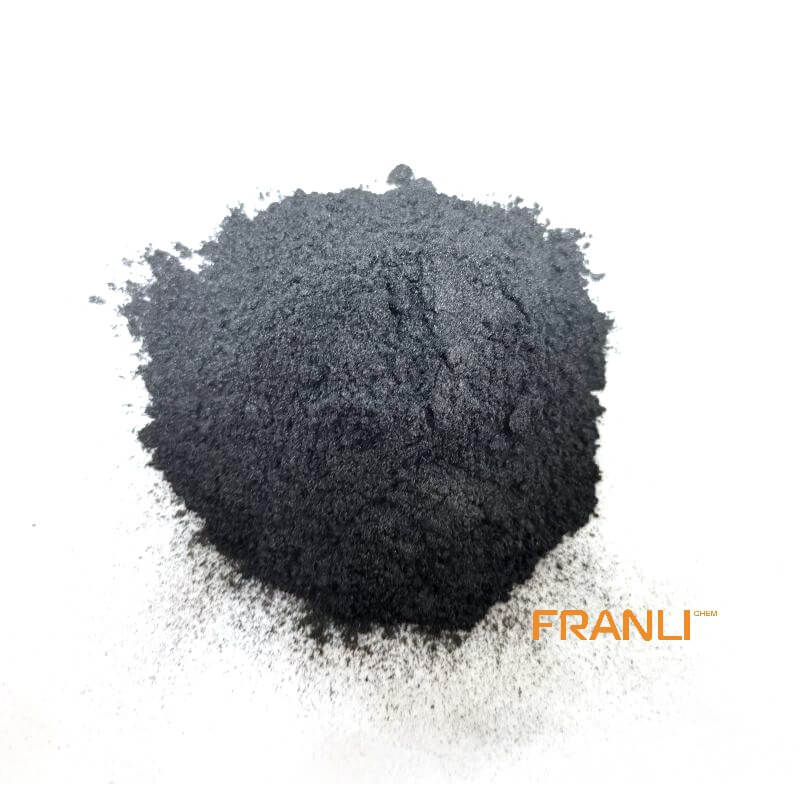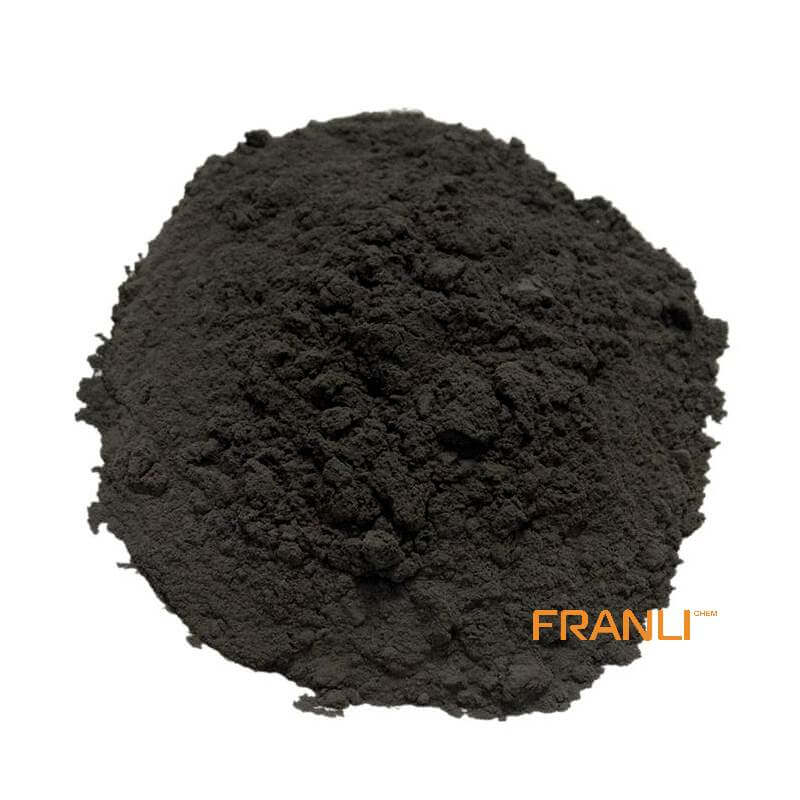

Amorphous Graphite
Size
45μm, 75μm, 150μm, etc
Package
25kg small bags into ton bags or ton bags
Origin
China
Features
Under high temperature conditions, it has special oxidation resistance, etc
Application
Casting coatings, oil field drilling, battery carbon rods, steel, casting materials, refractories, dyes
It is an aggregate of amorphous graphite. The crystal form can be seen only under the electron microscope. Amorphous graphite ore is gray black and steel gray, generally dull, with dense massive, earthy, layered, and lamellar structures. This kind of graphite lacks luster, its lubricity is lower than that of flake graphite, and its selectivity is poor. However, the grade is high, the carbon content is generally 60% ~ 80%, a few are up to more than 90%, the ash content is 15% ~ 22%, the volatile content is 1% ~ 2%, and the moisture content is 2% ~ 7%.
Request a quoteAmorphous graphite is a type of graphite that lacks a well-defined and ordered crystal structure, making it softer and lower in carbon than carbon graphite. It is commonly found in metamorphic rocks and is often mined as a by-product of other minerals such as coal and mica. Used in a variety of applications, especially in the steel, battery and lubrication industries. However, before use, amorphous graphite must undergo a purification process to remove impurities and improve its quality.

Purification method of amorphous graphite minerals
The purification of amorphous graphite is a critical step in improving its quality and availability. The purification process involves removing impurities such as silicon, aluminum, and iron from ores. There are several methods for purifying amorphous graphite, including acid leaching, roasting, and high-temperature treatment. Each method has advantages and disadvantages, and the method chosen depends on the specific quality requirements and intended use of graphite.
(1) Acid leaching: This process requires soaking the ore in an acidic solution that dissolves impurities while keeping the graphite intact. The solution is then washed off to obtain purified graphite.
(2) High temperature treatment: This includes heating graphite to a high temperature to remove impurities.
The purification process is not always a simple task. Different grades of amorphous graphite may require different purification techniques. For example, some grades may require more stringent purification measures than others. In addition, the cost of purification may vary depending on the method used, the level of impurities present, and the level of purity required. Driven by the growth of the refractory, battery, and lubricant industries, the demand for high-quality, purified amorphous graphite is expected to increase in the coming years.
Amorphous graphite purification process
The purification process consists of several steps, including crushing, flotation, washing, and drying. The choice of purification method depends on the specific needs of the user. It is an important resource for several industries, but its impurities must be removed before it can be used. Once purified, amorphous graphite is a useful material with a variety of applications, but due to the lack of crystal structure, it is not suitable for high-temperature applications.
(1) Crush the original mineral and separate it from other minerals using gravity separation technology.
(2) Called the flotation process, it involves adding chemical reagents to the mixture to make the graphite particles hydrophobic and selectively floating them to the surface for removal. The resulting graphite concentrate is then further ground and screened to remove any residual impurities.
Next, the graphite concentrate is treated with acid to remove any remaining mineral or metallic impurities, which is then washed and dried. Additional purification steps, such as heat treatment or chemical treatment, may be required to achieve the desired level of purity.
(3) Finally, it is called purified amorphous graphite, which can have different levels of carbon content depending on the requirements of the application. High-quality purified amorphous graphite with a carbon content of up to 80% is suitable for high-performance applications such as lithium-ion batteries and fuel cells.

Industrial applications of amorphous graphite
(1) Graphite lubricant. Due to its low coefficient of friction, it can be used to improve the performance and durability of machines and equipment. It is also used as a solid lubricant in high-temperature environments where conventional liquid lubricants cannot be used.
(2) Carbon additives in steel production. Its high temperature resistance and oxidation resistance make it an ideal material for use in these industries. It is used as a carbon source in cast iron and steel production, which increases their strength, hardness, and durability.
(3) Electrical conductors. It is used as a material for the production of batteries and fuel cells because of its ability to store energy and conduct electricity in an efficient manner. It is also used in electronic components such as transistors and capacitors.
In conclusion, amorphous graphite is a versatile mineral with numerous industrial applications. However, to increase its availability, it needs to be purified to remove impurities such as silicon, aluminum and iron. The demand for purified amorphous graphite is increasing, making it an important part of several industries. If necessary, you can contact us.



